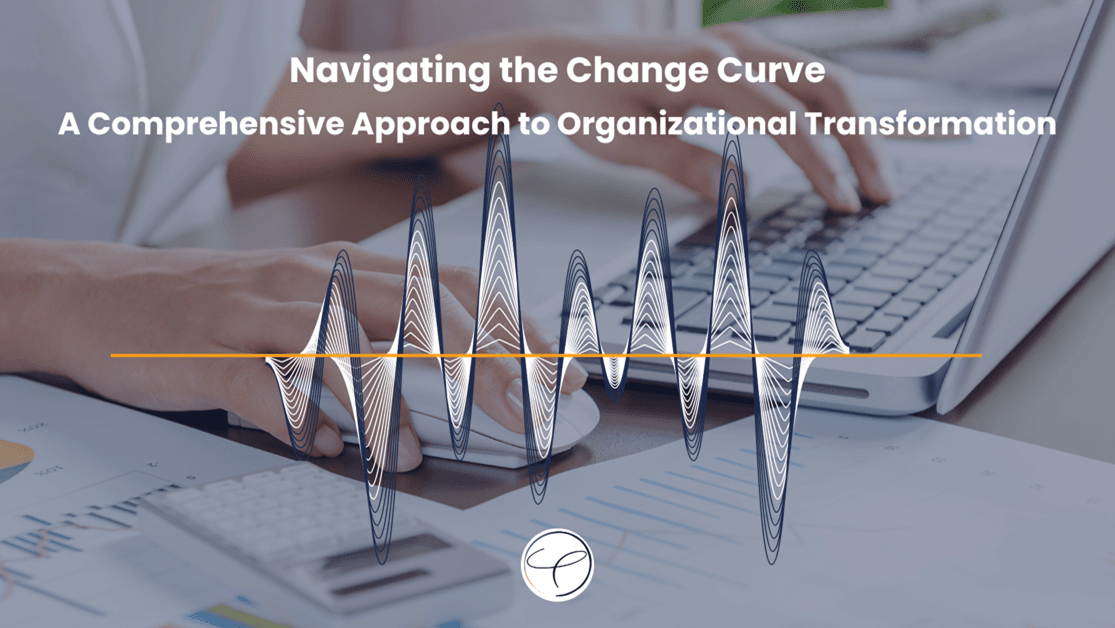

Change Management Blog
Understanding the ROI of Change Management Through the 3 States of Change
August 21, 2023
Time to Read: 2 Min
Understanding the ROI of Change Management Through the Three States of Change
The Three States Framework
Change Management ROI (CMROI) is best understood by examining how it impacts the three states of change: current, transition, and future. This blog uses this model to clarify the relationship between project ROI and CMROI, laying the groundwork for a comprehensive CMROI model and calculator.
Understanding ROI Calculation
ROI is traditionally calculated as the ratio of incremental improvement to the cost incurred:
Project ROI=(Expected Project Benefits−Project Costs) / Project Costs.
This formula, while effective for projects, poses challenges when applied to Change Management.
The Three States of Change
We adopt Prosci's simple model of change—current, transition, and future—to depict organizational change. Regardless of the type of change (e.g., software upgrades, relocations, regulatory changes), it represents a shift from the current way of doing things to a new operational method via a transitional phase.
*Historical perspectives on this model include:
- Arnold Van Gennep's rites of passage studies
- Kurt Lewin's unfreezing-moving-refreezing concept
- William Bridges' ending-neutral-new beginning framework
Despite the ongoing nature of change in organizations, each initiative can be viewed through these three states: where we are, where we're headed, and how we get there.
Project ROI: The Delta of Change
The ROI of any change initiative is derived from the performance differential between the future and current states, reflecting the specific improvements the project aims to achieve.
Change Management ROI in the Three States
Change Management differs in that it doesn't offer a straightforward current-to-future state delta. Instead, it enhances the transition process, making it more efficient, and bolsters the effectiveness of the new state. Essentially, CMROI is the difference between project benefits with and without the application of Change Management.
Maximizing Benefits Through Change Management
Change Management augments project ROI by:
- Speeding up employee adoption during the transition
- Providing necessary support and training
- Demonstrating leadership commitment
- Minimizing barriers
In the future state, effective Change Management leads to:
- Higher overall utilization of the change
- Increased employee proficiency and sustained results
- Strong reinforcement of desired changes
By focusing on these aspects, Change Management directly contributes to realizing the full potential of project benefits, showcasing its indispensable role in organizational transformation.
"Securing Influence with Change Management ROI"
When a change is inevitable, applying Change Management boosts the project's benefits by streamlining the transition and enhancing the outcome. The key to Change Management's ROI lies in its ability to enhance project ROI through focused employee adoption and engagement. As a Change Management Practitioner , articulating this value within the project's financial framework is crucial. It's not just about driving change; it's about demonstrating how Change Management amplifies project success. Doing so not only builds buy-in and commitment but also ensures your pivotal role and influence in the project, earning you a strategic position in the decision-making processes.
RelatedBlog Articles




